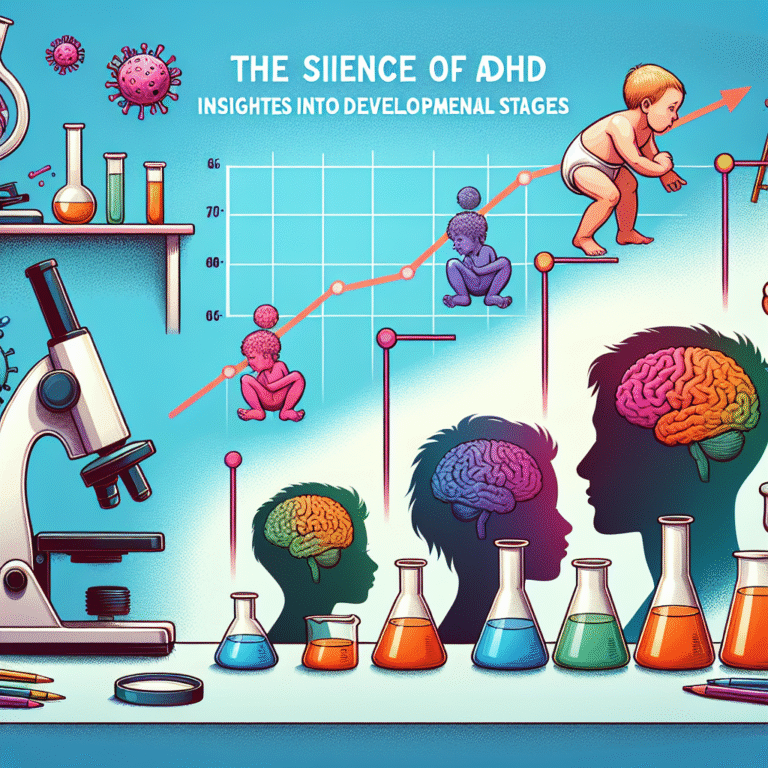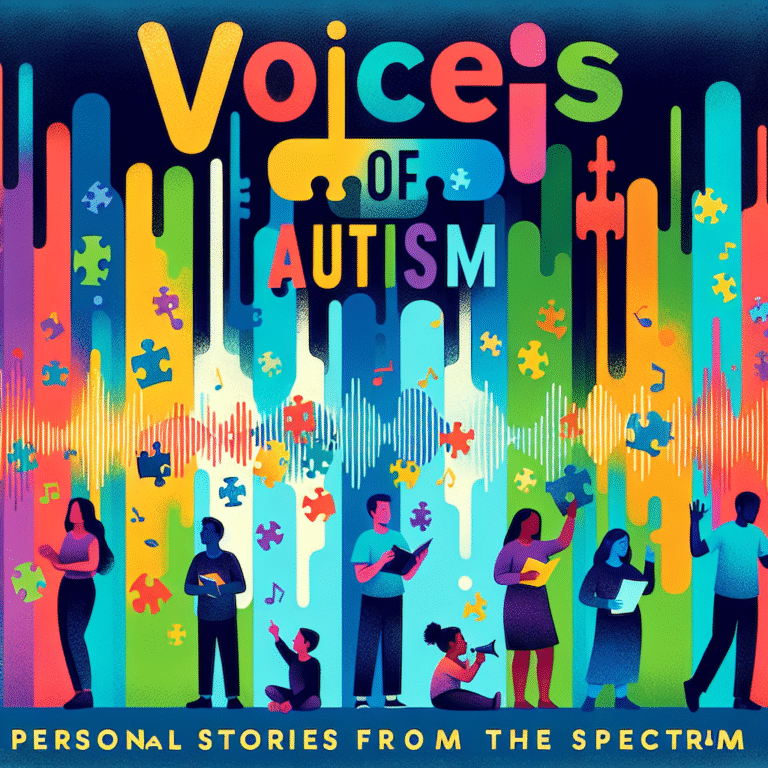
Introduction
As parents, entering the arena of adolescence with your child can feel like sailing through a storm—a mix of excitement and trepidation. You might ask yourself: “How do I guide my child through this complex phase while also maintaining a healthy relationship?” This guide aims to equip you with the essential tools for successfully navigating the turbulent waters of adolescence: a process that can be both challenging and rewarding. Understanding this pivotal stage in your child’s development is not just crucial; it’s empowering.
Understanding Adolescence: The Calm Before the Storm
Adolescence is often defined as the period between the ages of 10 and 19, marked by significant physical, emotional, and social changes. During this time, your child will wrestle with identity, independence, and peer relationships, all while experiencing a cocktail of hormonal changes.
Key Changes in Adolescence
- Physical Changes: Rapid growth and sexual maturation.
- Emotional Changes: Increased capacity for complex emotions, often leading to mood swings.
- Social Changes: A shift from family orientation to peer influence, impacting decision-making and values.
Table 1: Key Changes in Adolescence
| Change Type | Description | Potential Impacts |
|---|---|---|
| Physical | Growth spurts, hormonal changes | Self-esteem issues |
| Emotional | Mood swings, intense feelings | Conflict with parents |
| Social | Peer influence, exploration of identity | Risky behavior, desire for independence |
Understanding these changes is the first step in Navigating the Turbulent Waters of Adolescence: A Guide for Parents. Recognizing that these transformations are both natural and necessary can ease your transition from managing a child to guiding a teenager.
Building Strong Communication Channels
Effective communication is the bedrock of a strong parent-teen relationship. During adolescence, open dialogues can diminish misunderstandings and foster trust.
Strategies for Effective Communication
Active Listening: Show your teen that you value their opinions. This involves giving them your full attention while they speak.
Validate Feelings: Acknowledge their emotions without judgment. Phrases like “I understand this is tough for you” can go a long way.
- Choose the Right Time: Timing is crucial. Casual settings, like a car ride or a shared meal, often yield the most honest conversations.
Case Study: Engaging Through Laughter
In a notable case, Emily, a 15-year-old, felt increasingly isolated when her parents only communicated through rules and boundaries. However, once her parents initiated casual, humor-filled attempts at conversation during family game nights, Emily opened up about school stress and social pressures. This approach not only improved communication but also strengthened their bond.
Charting the Course of Healthy Boundaries
Setting clear, fair boundaries is essential for your teen’s development. It reinforces safety while allowing them to explore independence.
- Collaborative Rule-Making: Involve your teen in discussions about rules. This not only empowers them but also encourages compliance.
Encouraging Independence While Providing Support
Adolescence is a period marked by a strong desire for autonomy. As much as teens crave independence, they also need reassurance and guidance.
Allowing Room for Mistakes
Perfection isn’t the goal. Allowing your teen to make mistakes is vital for their growth. When they err, use it as a teaching moment instead of a punitive measure.
Case Study: Lessons from Failure
James, a 17-year-old, panicked when he received a failing grade on a math test. Instead of punishing him, his parents helped him develop a study plan. This not only improved his grades but also instilled resilience, proving the effectiveness of Navigating the Turbulent Waters of Adolescence: A Guide for Parents.
Supporting Their Interests
Encouraging involvement in extracurricular activities can provide your teen with purpose and direction. Whether it’s sports, arts, or volunteering, support their passions to help them build a well-rounded identity.
Mental Health Matters: Keeping an Eye Out for Warning Signs
Adolescence can be fraught with mental health challenges, including anxiety and depression. As a parent, it’s imperative to be vigilant and informed.
Recognizing Warning Signs
- Decreased interest in activities they once loved.
- Significant changes in mood or behavior.
- Withdrawal from friends and family.
Creating a safe space for mental health discussions is crucial.
Table 2: Common Mental Health Warning Signs
| Sign | Description |
|---|---|
| Withdrawal | Isolating from friends and family |
| Mood Swings | Extreme changes in emotions |
| Academic Decline | Sudden decrease in school performance |
Seeking Professional Help
If you notice significant warning signs, don’t hesitate to seek professional help. Talk therapy and counseling can provide your child with productive outlets for their emotions.
Fostering Healthy Peer Relationships
The social landscape during adolescence can be intricate, as peer influence becomes one of the strongest forces.
Educating on Peer Pressure
Discuss the nature of peer pressure openly. Help your teen understand how to stay true to their values in challenging situations, and empower them with tools to say "no" effectively.
Case Study: The Impact of Resistance
After engaging in a role-playing session about peer pressure, Laura, a 14-year-old, felt more confident refusing a friend’s invitation to try substances. This newfound assertiveness has equipped her to navigate the complex social landscape of adolescence with greater ease.
Embracing Technology: A Double-Edged Sword
In an age where technology is omnipresent, understanding its role in your child’s life is vital. Social media can offer a sense of community but also exposes them to misinformation and cyberbullying.
Setting Digital Boundaries
Discuss appropriate use of technology, establishing boundaries that protect your teen while allowing for responsible usage.
Chart: Healthy Screen Time Recommendations
| Age Group | Recommended Daily Screen Time |
|---|---|
| 10-12 | 1 to 2 hours |
| 13-15 | 1 to 2 hours, including social media |
| 16-19 | 2 hours with discussions on responsible usage |
The Role of Values and Ethics
Adolescence is not just about navigating challenges; it’s about forming a holistic identity. As parents, instilling values during this time is crucial.
Encouraging Moral Development
Help your teen explore ethical dilemmas through discussions, which can deep-root their understanding of compassion, integrity, and respect.
Case Study: A Lesson in Ethics
In a discussion about a classmate’s cheating incident, Mark’s parents helped him articulate his thoughts on fairness versus friendship. This conversation reinforced Mark’s values, illustrating how Navigating the Turbulent Waters of Adolescence: A Guide for Parents can include moral development.
Conclusion: Riding the Wave of Adolescence
Navigating the turbulent waters of adolescence doesn’t have to be overwhelming. By fostering open communication, setting healthy boundaries, and being vigilant about mental health, you can guide your teen through this critical developmental stage while also strengthening your relationship.
Final Takeaway
Remember, your role is not to control but to guide. Trust the process, and be prepared for the ups and downs. Each wave you navigate together strengthens both you and your teen. Embrace this journey, as it lays the foundation for a healthy and fulfilling adulthood.
FAQs
1. How can I improve communication with my teenager?
Answer: Practice active listening, validate their feelings, and choose appropriate moments for conversation.
2. What are some signs my teen may need professional help?
Answer: Look for drastic changes in behavior, withdrawal from friends, or a decline in academic success.
3. How can I balance guidance and independence?
Answer: Involve your teen in rule-making and allow them to make mistakes as learning opportunities.
4. Is it normal for my teen to feel peer pressure?
Answer: Yes, peer pressure is common in adolescence. Discuss strategies for dealing with it effectively.
5. How can I encourage my teen’s interests?
Answer: Support their involvement in extracurricular activities and discuss their passions openly.
Through this guide, you are equipped to navigate the turbulent waters of adolescence with confidence. Your journey starts now.














